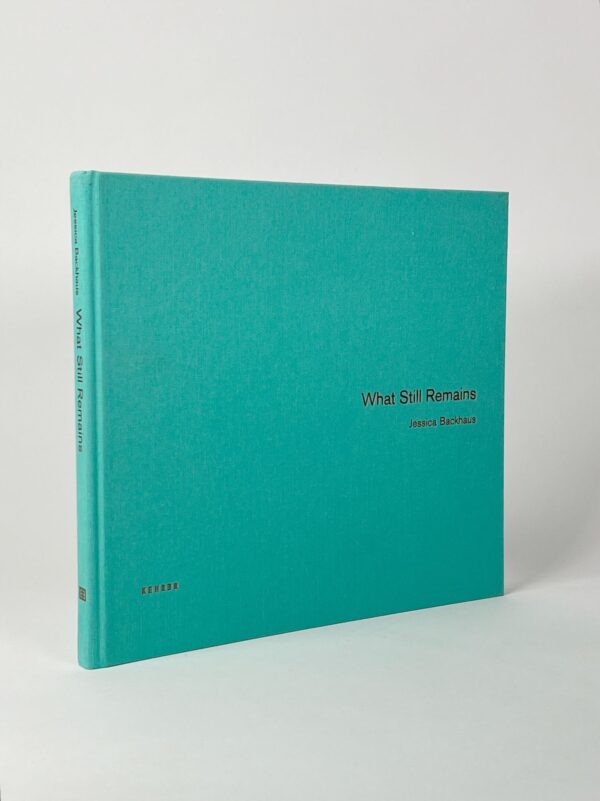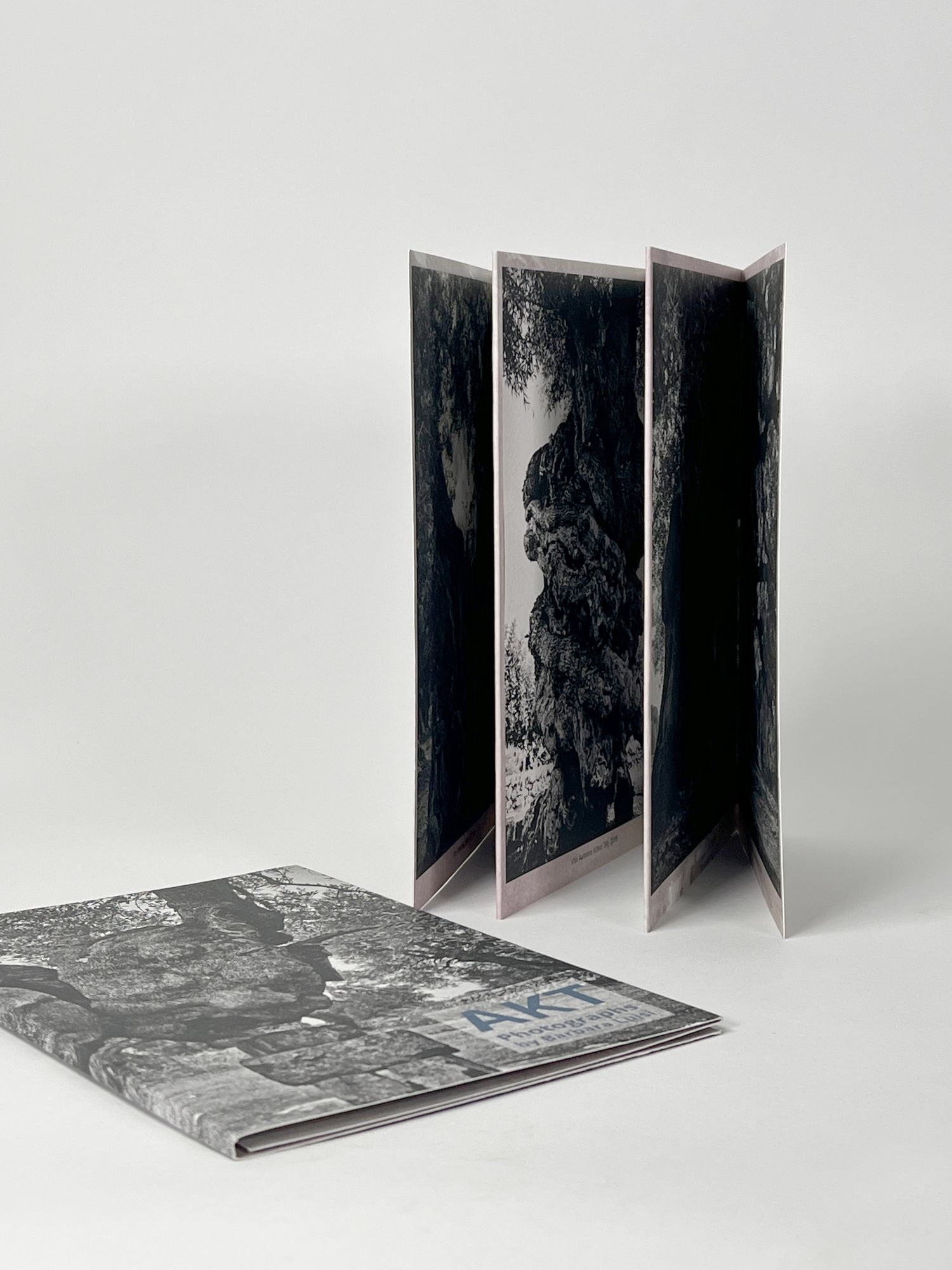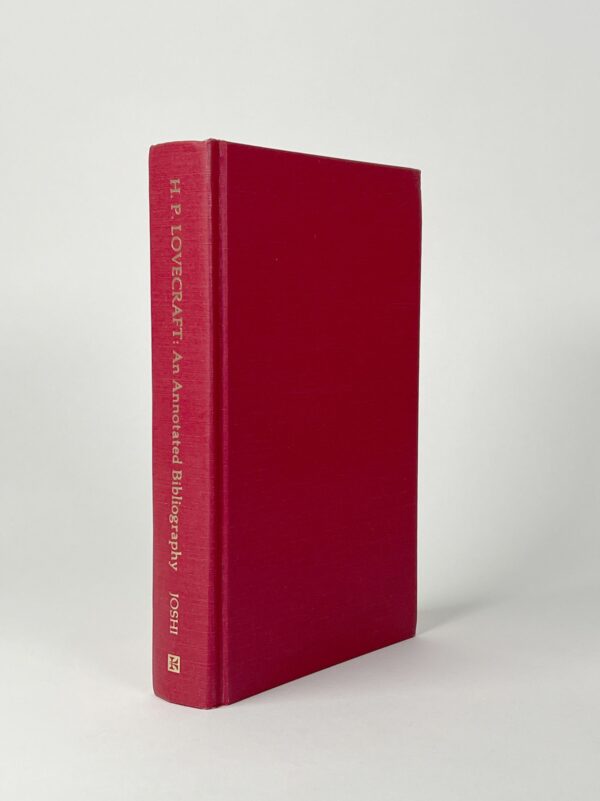
HANSON, Duane
11 x 8.5 inches. 44 pages. Profusely illustrated in color. Original pictorial wrappers. Published in conjunction with the exhibition held from 29 January to 20 March 2004 at the Laurence Miller Gallery. "You may feel as though you have seen them before, in a movie, at the gym, browsing at a yard sale, meandering through the mall, or--more likely--on your trip to Florida. Duane Hanson's life-sized fiberglass and polyester resin sculptures are the spitting images of real, breathing people; they illustrate modern consumer society with equal parts tenderness, humor and horror. This revised edition of Hatje Cantz's best-selling catalogue raisonne, featuring two new essays, documents all phases of Hanson's oeuvre, from his earliest carved wooden replica of Thomas Gainsborough's "The Blue Boy" to the last works he produced before his death in 1996. Regardless of when the works were made, though, Hanson's remarkably lifelike sculptures will always be besieged by schoolchildren and jealously protected by museum guards, for they exude a uniquely magnetic force. Viewers and readers who dare to move in close are rewarded with details that could never be studied so candidly in real life: wrinkles, facial hair, imperfections. And yet Hanson's objective was never blatant voyeurism, but access to those things we prefer to overlook, to the drabness of everyday life and the ever-present intimation of mortality" (the publisher). A fine copy

BACKHAUS, Jessica; Jean DYKSTRA (text)
9.75 x 11.25 inches. 96 pages. Profusely illustrated in color. Original cloth. '"Turning points, in-between states, a beautiful kind of limbo that tugs at the heart and suggests stories of loss and remembrance. That is what photographs are, after all, memorials that stop time and hold it for a moment, for our contemplation. If Backhaus's photographs are partly memorials to lost combs and half-eaten apples, they surely allude, as well, to other things that have been lost along the way."--Jean Dykstra Following the success of Jessica Backhaus' first book, Jesus and the Cherries, about life in rural Poland, What Still Remains is a photo series made up of fifty works created since 2006 in various locations. Backhaus, a German American photographer, now pursues in this new cycle of photographs the question of why things that have been forgotten or left behind pop up in specific places and then seem to take on a life of their own" (the publisher). A near-fine copy

8vo. [13] pages. Two full-page designs by Paul Nash. Original printed boards. LIMITED ISSUE, number 276 of 400 copies on large-paper and case bound, signed by AE. Nash's mystical plate is hand-colored. This is no. 19 of the Ariel Poems series. Russell adopted the nameAE from AE on signifying the lifelong quest of man. A Dublin-born author, critic, and painter, AE met Yeats through Joyce in 1902 and practiced theosophy and mysticism throughout his adult life. He claimed to be clairvoyant and conversant with spiritual beings, which he illustrated in his paintings and drawings. Andrew Causey, Paul Nash, 1980: "By choosing here to illustrate a poem by AE, Nash came closer than anywhere previously to affirming his allegiance to the Platonic incarnation myth. [The frontispiece] seems to presage Yeat's proposition made in 1931: 'What is water but the generated soul?'" (p. 169). Slightest shadow to front board, minimal wear at extremities. A very good copy of this fragile publication



